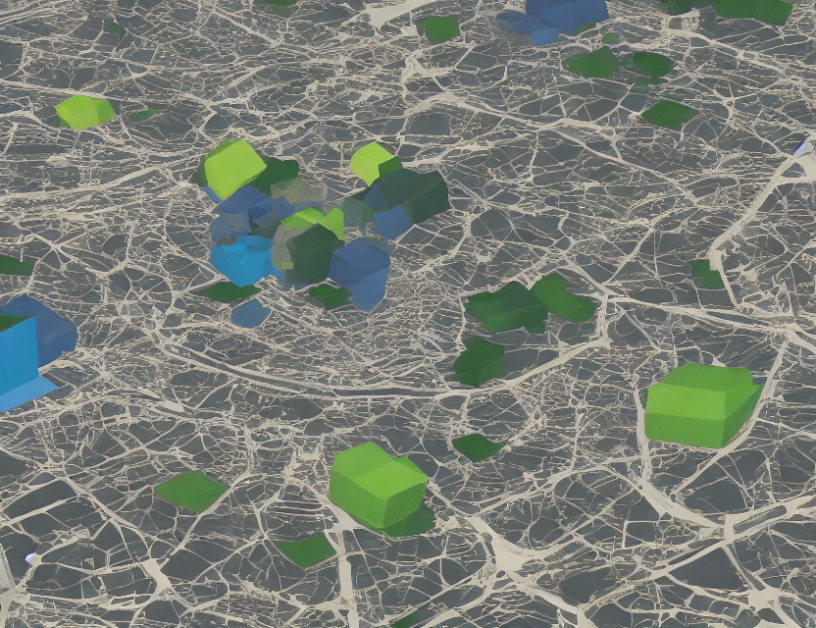Knowledge graphs are a revolutionary way of organizing and understanding data. They are like a complex web of interconnected nodes and edges, where each node represents an entity, and the edges represent the relationships between them. In this article, we’ll delve into the world of knowledge graphs, explore their features, and understand how they can help us make sense of unstructured data.
What are Knowledge Graphs?
A knowledge graph is a graph-based data model that represents entities and their relationships in a structured format. It’s like a map of interconnected information that helps machines and humans alike to understand the relationships between different pieces of data. Think of it as a virtual filing system where each file (node) is connected to other files (edges) by a string, representing the relationship between them.
Features of Knowledge Graphs
Knowledge graphs have several features that make them unique and powerful:
- Entities and Relationships: In a knowledge graph, each node represents an entity, such as a person, place, or thing. The edges represent the relationships between these entities, like "Person X is a colleague of Person Y."
- Structured Data: Knowledge graphs organize data into a structured format, making it easier to understand and analyze. This structure also makes it possible to use advanced AI techniques like Natural Language Processing (NLP) to extract insights from the data.
- Context-aware: Knowledge graphs can capture contextual information about entities and relationships, providing a more detailed understanding of the data. For example, knowing that Person X is a colleague of Person Y in a particular department or organization.
- Adaptable: Knowledge graphs are adaptable to new data sources and can incorporate changing data structures without disrupting the existing framework. This makes them ideal for handling unstructured data from various sources.
Applications of Knowledge Graphs
Knowledge graphs have numerous applications in various fields, including:
- Bioinformatics: In bioinformatics, knowledge graphs can help analyze and understand complex biological data by representing entities like genes, proteins, and drugs, along with their relationships.
- E-commerce: In e-commerce, knowledge graphs can be used to enhance search functionality by integrating information from various sources, such as product descriptions, customer reviews, and inventory levels.
- Social Network Analysis: Knowledge graphs can help analyze social networks by representing entities like people, organizations, and events, along with their relationships.
- Data Integration: Knowledge graphs can integrate data from multiple sources, providing a unified view of the data. This makes it easier to analyze and draw insights from the data.
Conclusion
In conclusion, knowledge graphs are a powerful tool for organizing and understanding complex data. They offer a structured format that can capture contextual information about entities and relationships, making them ideal for handling unstructured data from various sources. With their adaptable nature and numerous applications in fields like bioinformatics, e-commerce, social network analysis, and data integration, knowledge graphs are set to revolutionize the way we make sense of data. So, the next time you encounter a complex web of interconnected information, think of it as a knowledge graph, and uncover its hidden secrets!



